How deep to make gravel garden path? Material types...
njbiology
10 years ago
Featured Answer
Sort by:Oldest
Comments (11)
mad_gallica (z5 Eastern NY)
10 years agogardengal48 (PNW Z8/9)
10 years agoRelated Professionals
Ashburn Landscape Architects & Landscape Designers · Baltimore Landscape Architects & Landscape Designers · Montgomeryville Landscape Architects & Landscape Designers · Redondo Beach Landscape Architects & Landscape Designers · Edmond Landscape Contractors · Longmont Landscape Contractors · Tyngsboro Landscape Contractors · Casselberry Landscape Contractors · Fort Worth Decks, Patios & Outdoor Enclosures · Reisterstown Decks, Patios & Outdoor Enclosures · Windsor Decks, Patios & Outdoor Enclosures · Woodland Hills Decks, Patios & Outdoor Enclosures · Dent Stone, Pavers & Concrete · Claremont Swimming Pool Builders · Conroe Swimming Pool Builderslittlebug5
10 years agomarcinde
10 years agoYardvaark
10 years agolucillle
10 years agomarcinde
10 years agoYardvaark
10 years agopatty_cakes
10 years agodevolet
10 years ago
Related Stories
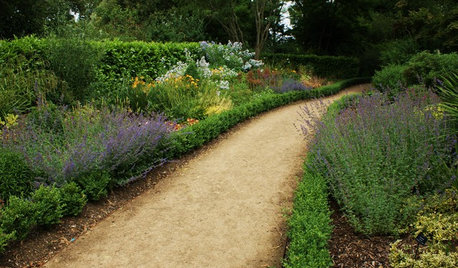
LANDSCAPE DESIGN5 Gravel and Stone Types for a Rockin' Landscape
Give your garden design some textural bam with pebbles, granite, river rocks and other permeable materials
Full Story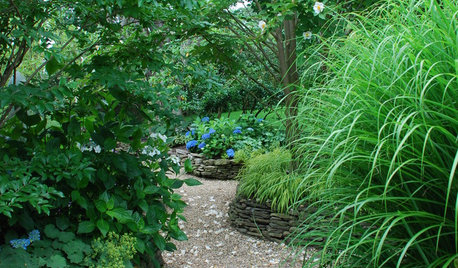
LANDSCAPE DESIGN15 Ideas for a Stunning Garden Path
Let your imagination roam as you consider the many types of walkways possible in your garden
Full Story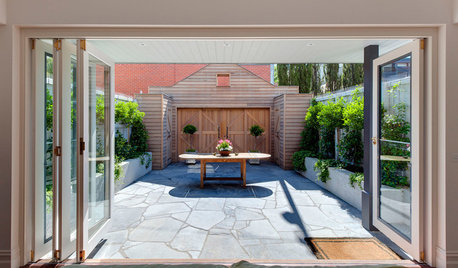
LANDSCAPE DESIGNHow to Pick the Right Paving and Decking Material
Once you’ve got the walls or fences of your garden figured out, it’s time to consider the ground surface or floors
Full Story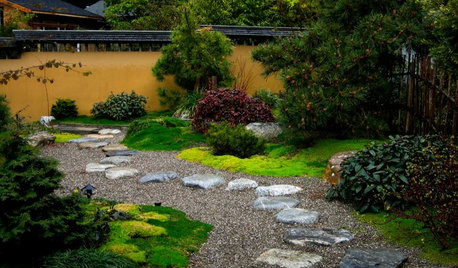
LANDSCAPE DESIGNPerspective Tricks to Make Your Garden Appear Larger
Simple tricks used by artists can be employed in garden design to alter perceptions of space
Full Story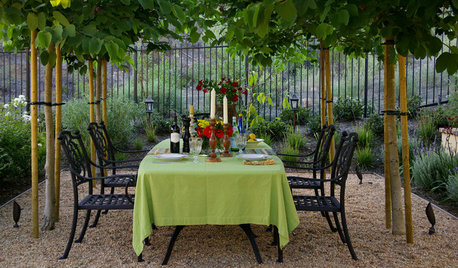
LANDSCAPE DESIGNEnjoy the Romance of Dining in a Classic Gravel Garden
Here’s what to consider when it comes to installing, styling and maintaining a DIY-friendly gravel patio
Full Story
PATIOSYour Guide to 10 Popular Landscape Paving Materials
To choose the best paving for your landscape, look at climate, cost and context
Full Story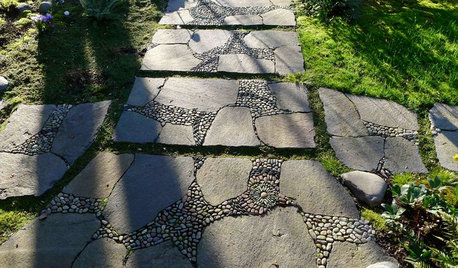
LANDSCAPE DESIGNHow to Design Garden Paths That Bring a Landscape to Life
We guide you through material and placement choices that will take your pathways from ordinary to extraordinary
Full Story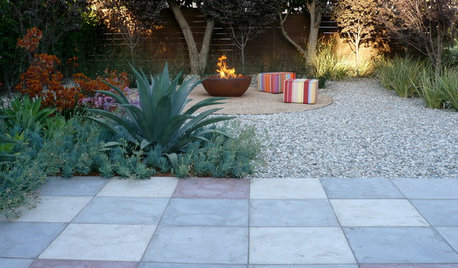
MATERIALSPrecast Concrete Pavers Make a Versatile Surface in the Garden
You can use concrete pavers in a variety of shapes and colors for your patio, walkway, driveway and more
Full Story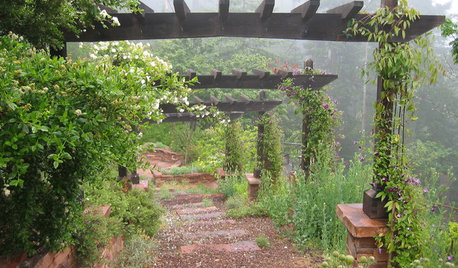
LANDSCAPE DESIGN3 Essential Elements of an Artful Garden Path
Make getting there half the fun with this insight from a landscape architect on designing a thoughtful path
Full Story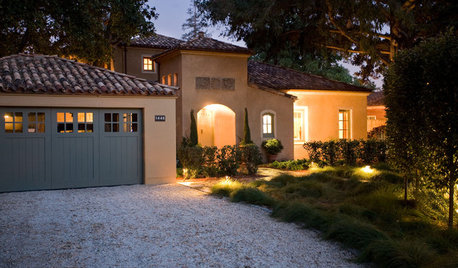
REMODELING GUIDESGravel Driveways: Crunching the Pros and Cons
If you want to play rough with your driveway, put away the pavers and choose the rocky road
Full Story





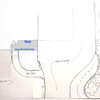




violetwest